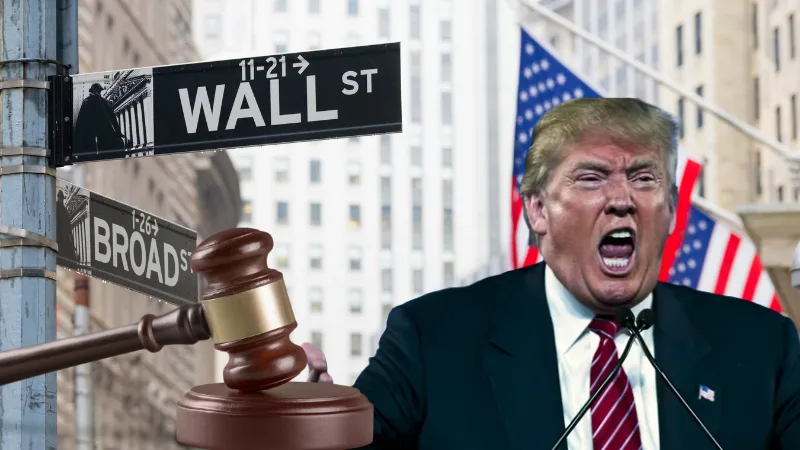Selling on Wall Street was prompted by Jerome Powell’s hawkish remarks on Tuesday as expectations that the Federal Reserve will be able to stop raising interest rates soon grew bleak.
The S&P 500 (SP500), the Dow (DJI), and the Nasdaq Composite (COMP.IND) all finished with losses of 1.3%, 1.5%, and 1.7%, respectively.
The Dow Jones dropped 574.98 points to settle at 32,856.46, setting the bar lower for the main averages. The Nasdaq declined 145.40 points to close at 11,530.33, while the S&P 500 dropped 62.05 points to close at 3,986.37.
The last S&P 11 sectors all saw losses. Financials and real estate posted the largest declines, each by at least 2.5%. The only market sector to record a loss of less than 1% was Consumer Staples.
The Fed is “hell-bent on pushing inflation to its elusive 2% target rate” using its main weapon for monetary policy, the Fed Funds Rate, analyst Andrew Hecht said in a statement to Seeking Alpha. Even if supply-side economics are the cause of inflationary pressures, the central bank is willing to accept a recession in exchange for lower inflation.
Hecht continued: “Markets have been opposing the Fed while the central bank has been consistent. On Tuesday, the markets came to terms with the fact that interest rates will keep rising.”
Powell stated that “inflationary pressures are running higher than expected” in his semi-annual appearance before Congress. The ultimate level of interest rates “suggests that it is going to be higher than originally expected,” he continued.
Following Powell’s most recent comments, the market now places a nearly 71% chance that the Fed will increase its benchmark rate by 50 basis points at its upcoming policy meeting later this month. The chances increased dramatically from the previous day, when they were just about 31%.
Only a month ago, the market believed there was a less than 10% possibility of a change of 50 basis points. Wall Street has been persuaded, however, that the Fed will once again become more aggressive about raising interest rates as a result of a string of hot inflation numbers, indications of continued economic strength, and a consistent stream of hawkish comments from Fed officials.
The 2-year yield (US2Y) increased significantly after Powell’s testimony, climbing 12 basis points to 5.02%. As a result, for the first time since 2007, the 2-year yield exceeded 5%.
The yield on the 10-year (US10Y) note decreased by 1 basis point to 3.97%, but trading was less active. The spread between the two yields had its steepest inversion during the day since September 1981.





